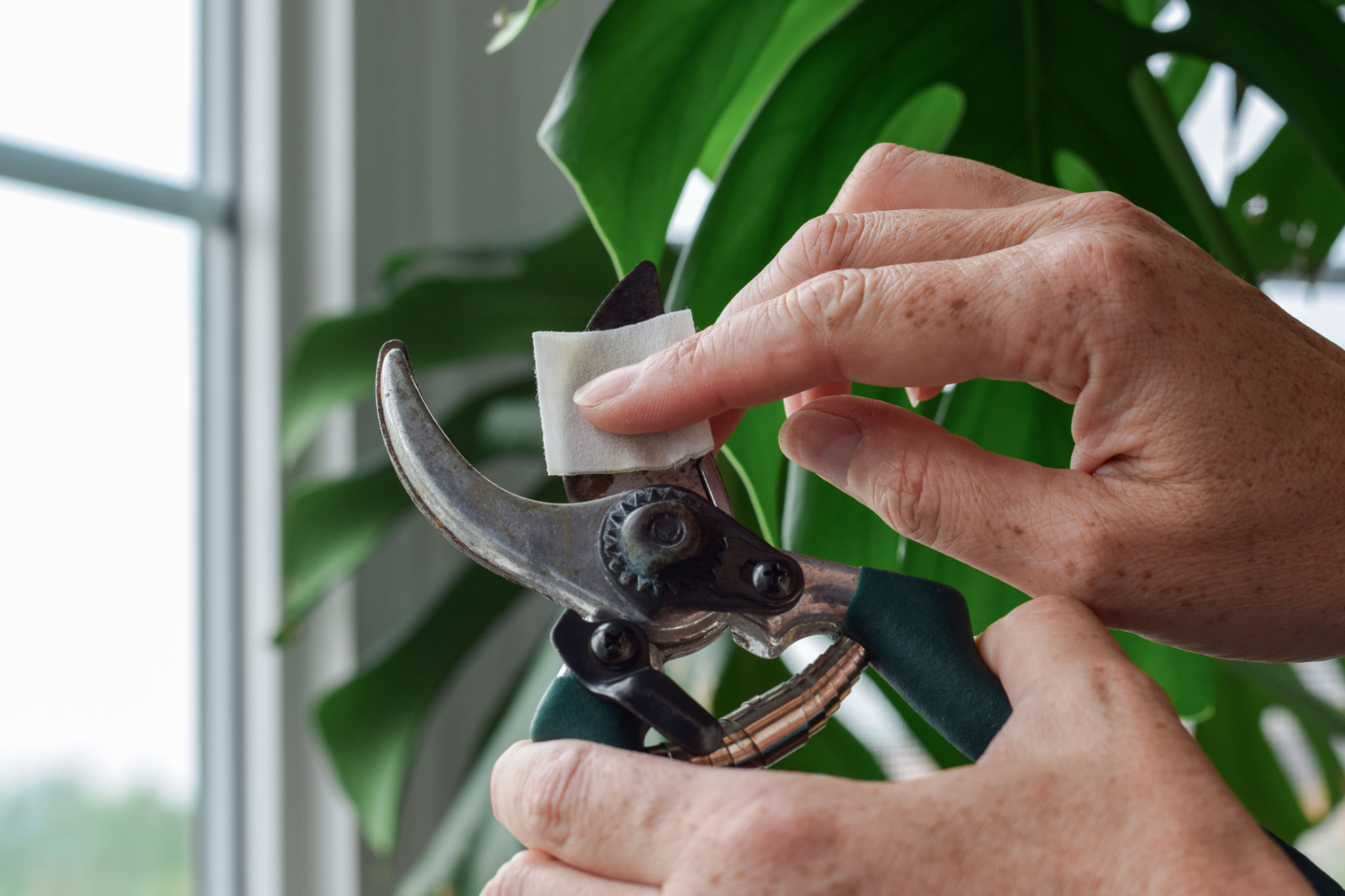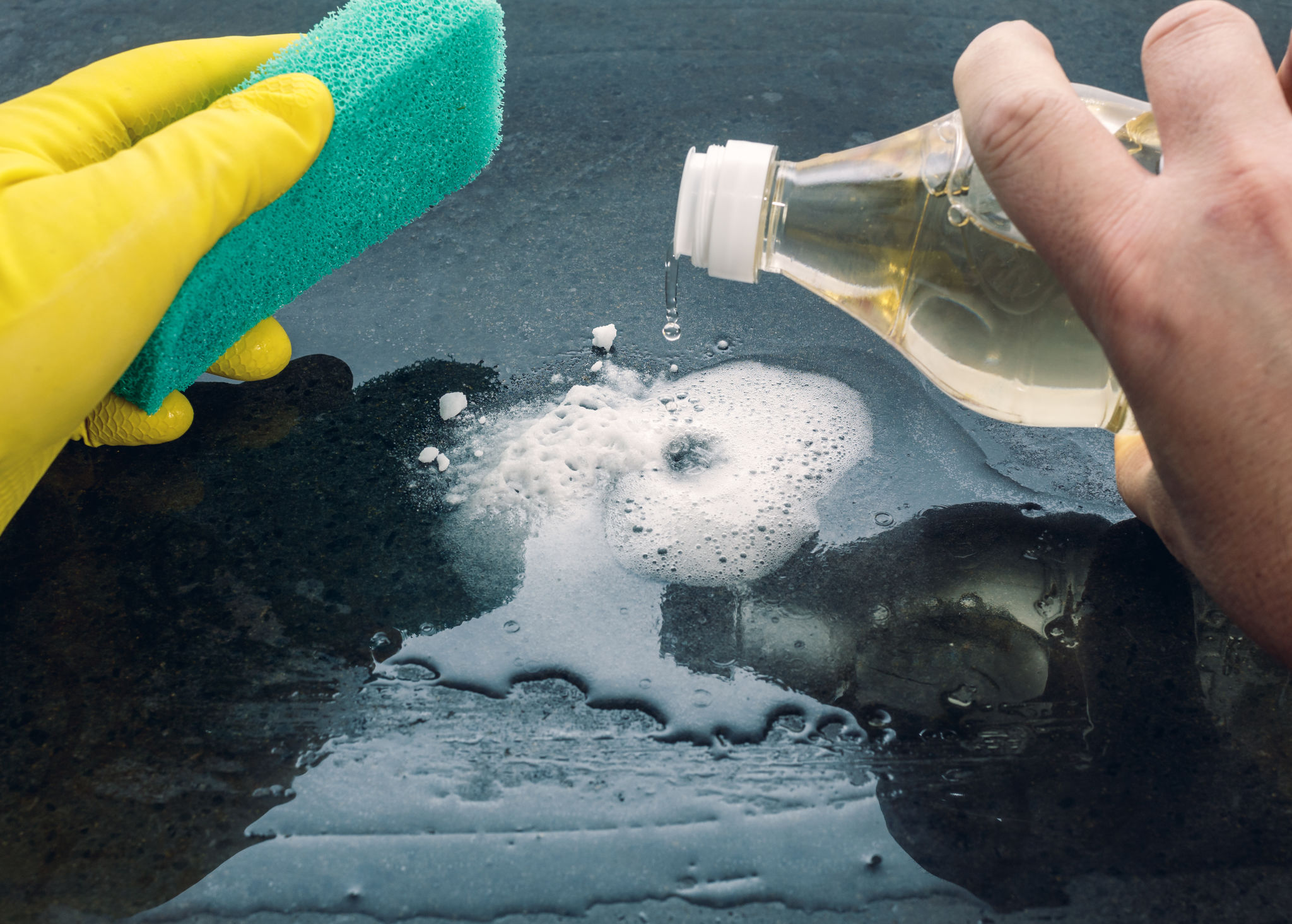Common Cleaning Myths Busted: What You Really Need to Know
Introduction to Common Cleaning Myths
Cleaning is an essential part of our daily lives, yet it is often surrounded by myths and misconceptions. These myths can lead to ineffective cleaning practices or even damage to surfaces and materials. In this article, we will debunk some of the most common cleaning myths and provide you with the facts you truly need to know.

Myth 1: More Detergent Means Cleaner Surfaces
This is a common belief, but using more detergent than necessary can actually have the opposite effect. Excess detergent can leave behind a sticky residue that attracts more dirt and grime, making surfaces dirtier over time. It's important to follow the recommended amount on the detergent label to ensure optimal cleaning results.
Understanding Detergent Efficiency
Detergents are formulated to work effectively in specified quantities. Overuse not only wastes product but can also lead to buildup that is difficult to rinse away. Instead, focus on using the correct amount and allowing the detergent time to work before rinsing.

Myth 2: Vinegar Cleans Everything
Vinegar is often hailed as a universal cleaning agent, but it is not suitable for all surfaces. While it can effectively clean windows and some kitchen surfaces, vinegar's acidity can damage natural stone surfaces like granite and marble. It's crucial to know where vinegar can be safely used and where alternative cleaners should be applied.
Safe Uses for Vinegar
Vinegar is best used on glass, stainless steel, and certain floor types. For more delicate surfaces, consider using specialized cleaners designed to preserve the material's integrity.

Myth 3: Bleach Is the Ultimate Cleaner
Bleach is a powerful disinfectant, but it is not an all-purpose cleaner. It does not remove dirt or grime; rather, it sanitizes surfaces by killing bacteria and viruses. Using bleach alone will not result in a clean surface if there is dirt present that needs to be physically removed.
Proper Use of Bleach
For effective cleaning, first remove visible dirt with a detergent or soap before applying bleach as a disinfectant. Always ensure proper ventilation when using bleach and never mix it with other cleaning agents, especially ammonia, as this can release harmful fumes.

Myth 4: Feather Dusters Effectively Remove Dust
Feather dusters are often portrayed as efficient dusting tools, but they tend to merely move dust around rather than removing it. For truly dust-free surfaces, opt for microfiber cloths or electrostatic dusters that trap and hold dust instead of spreading it around.
Choosing the Right Dusting Tools
Microfiber cloths are highly effective due to their ability to attract and retain dust particles. They are washable and reusable, making them a sustainable choice for dusting your home.
Conclusion
By understanding and debunking these common cleaning myths, you can improve your cleaning efficiency and protect the surfaces in your home. Always remember to use products as intended and choose the right tools for each task. Effective cleaning is about knowledge and technique, not just effort.
